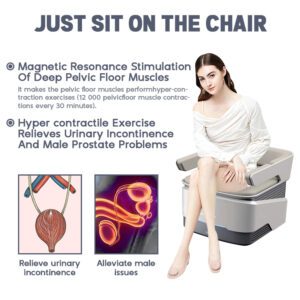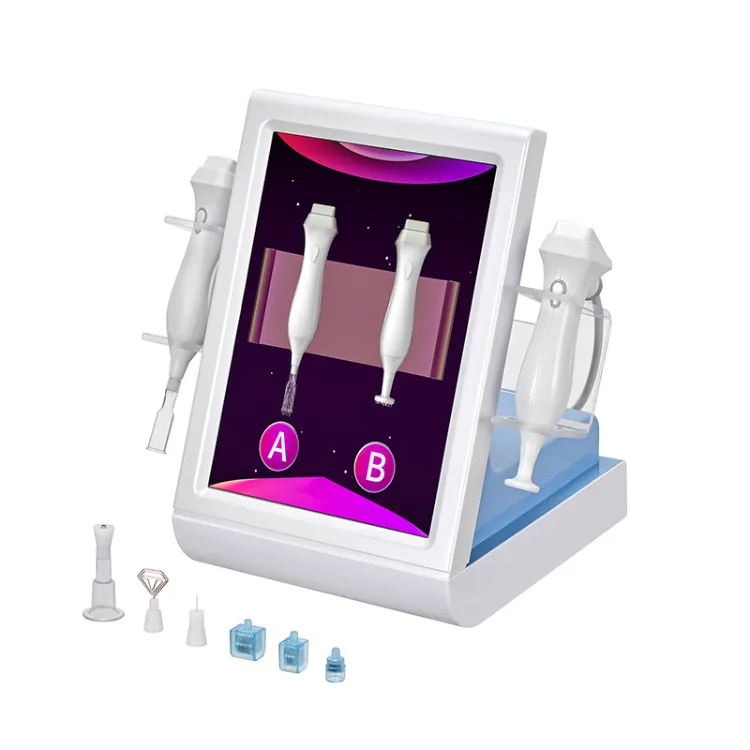Partagez des solutions optimisées, des connaissances professionnelles en matière de vannes et des actualités du secteur
Veuillez saisir les termes ou mots-clés pertinents que vous souhaitez consulter ; les articles pertinents apparaîtront dans les résultats de recherche. Si vous ne trouvez pas la réponse à votre question, n'hésitez pas à nous contacter ; nous serons ravis de vous aider. Vous pouvez également nous envoyer un e-mail directement à beauty@shefmon.com.
Comment exercer le plancher pelvien : un guide complet pour la santé et la récupération des femmes
Table des matières
Le muscles du plancher pelvien are essential for core stability, bladder control, sexual health, and postpartum recovery. Weak pelvic muscles can lead to issues like urinary incontinence, lower back pain, and reduced intimate sensation. The good news? You can strengthen these muscles with targeted pelvic floor exercises.
Whether you’re recovering from childbirth, managing age-related changes, or simply looking to improve your wellness, this guide will show you exactly how to exercise your pelvic floor—effectively and safely.
🌟 What Are Pelvic Floor Muscles?
Your pelvic floor is a group of muscles that stretches like a sling from the pubic bone to the tailbone. These muscles support the uterus, bladder, and bowel. Like any muscle group, they can be trained to become stronger and more resilient.
🔄 1. The Basic Kegel Exercise (For Beginners)
Kegel exercises are the most well-known way to train the pelvic floor.
How to do Kegels:
Find the right muscles by pretending to stop the flow of urine midstream.
Once identified, contract and hold these muscles for 3–5 seconds.
Relax for 5 seconds, then repeat.
Do 3 sets of 10 repetitions per day.
🧘♀️ 2. Advanced Pelvic Floor Exercises
Once you’re comfortable with basic Kegels, you can try:
🔹 Elevator Exercise
Imagine your pelvic muscles are an elevator. Tighten them a little (1st floor), then a bit more (2nd floor), up to 4–5 levels. Lower slowly.
🔹 Bridge with Pelvic Floor Contraction
Lie on your back, knees bent. As you lift your hips into a bridge, contract your pelvic floor. Hold for a few seconds, then release.
🔹 Squats with Kegels
Perform slow squats while contracting your pelvic floor muscles. This engages your core and lower body at the same time.
💺 3. EMS Pelvic Floor Chair: A Modern Solution
For those who struggle with consistency or need faster, more intensive results, the EMS Pelvic Floor Chair (like SHEFMON’s E0435 & E0436 models) offers a non-invasive, fully clothed solution.
Avantages:
Stimulates up to 11,000 Kegel contractions in 30 minutes
Ideal for postpartum repair, incontinence prevention, et sexual wellness
Great for busy women or those who can’t contract the muscles effectively on their own
🩺 Recommended: 6–8 sessions for noticeable results. Each session is painless and takes only 30 minutes.
🎯 Who Should Do Pelvic Floor Exercises?
Women recovering from childbirth
Anyone with incontinence urinaire
Individuals experiencing pelvic organ prolapse
Those looking to enhance sexual health
Women going through menopause
🔁 How Often Should You Exercise?
Daily practice is key. Even just 5–10 minutes per day can lead to significant improvements in 3 à 6 semaines. For quicker results, combine home exercises with professional treatments like EMS pelvic chairs.
📝 Final Thoughts
Knowing how to exercise your pelvic floor is a game-changer for women’s health. Whether you stick to daily Kegels or invest in EMS technology, the goal is the same: stronger, healthier, and more confident living.






























